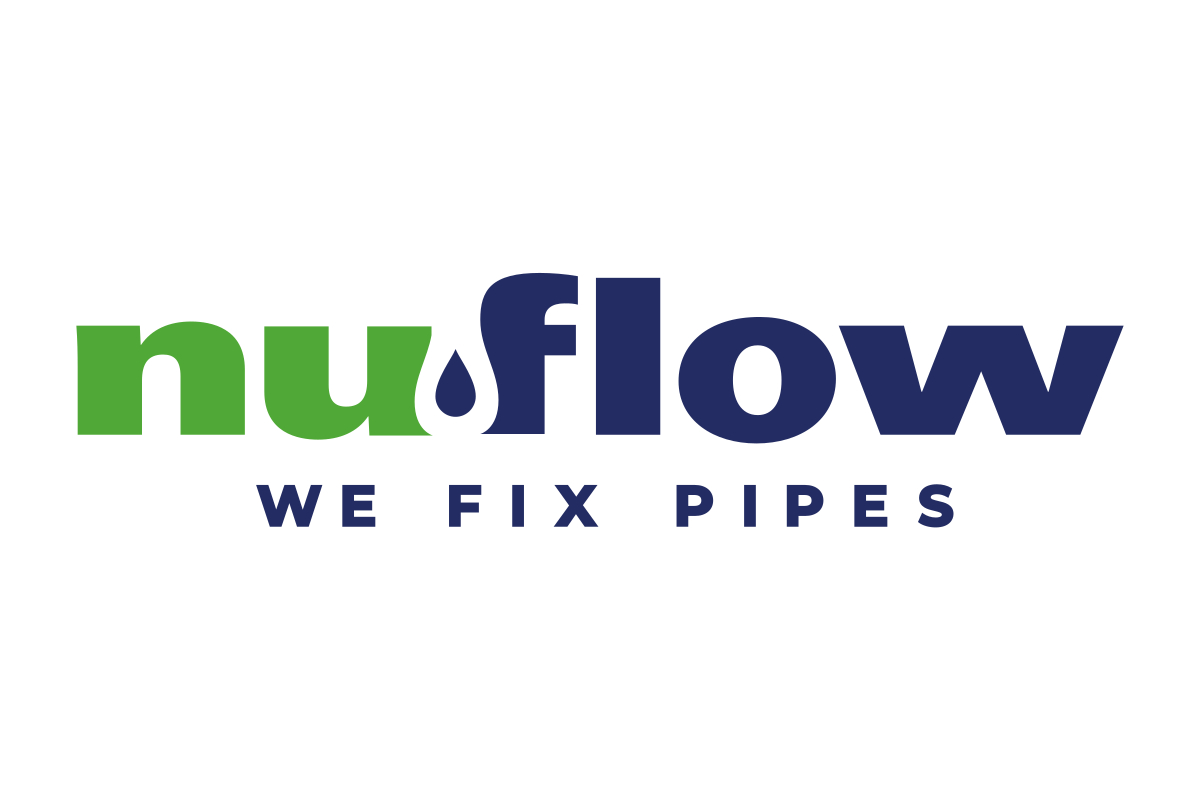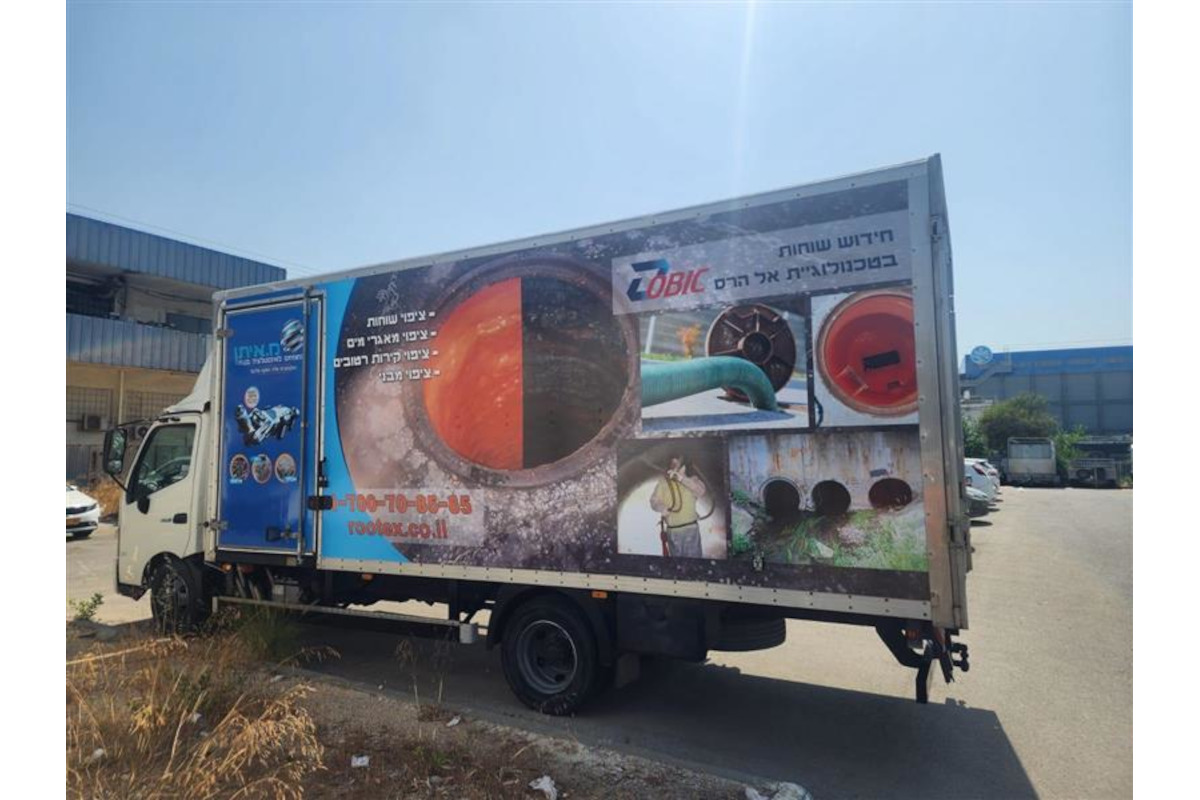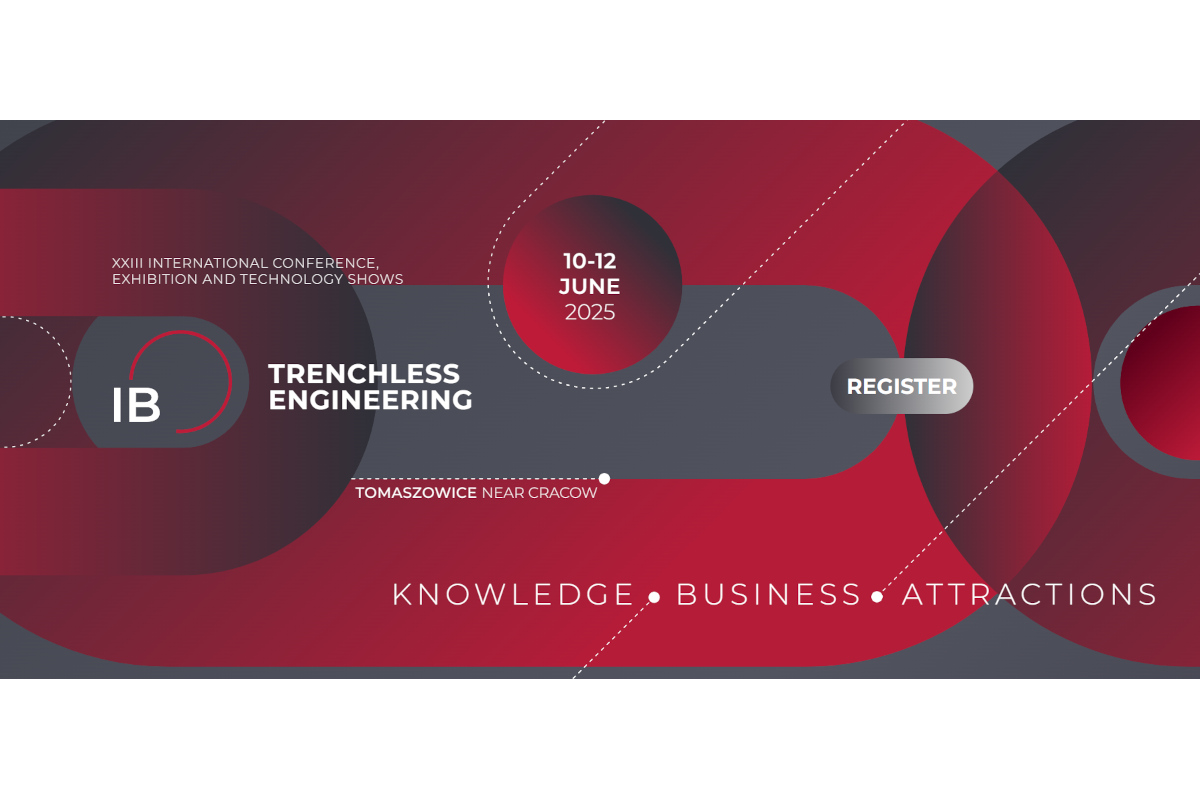HOBAS Pipe USA:

The Houston-based manufacturing company has a workforce of 140 employees, whose combined experience totals more than 1,000 years. The facility has produced more than 7 million ft of product since 1987, currently averaging 500,000 ft per year. Pretty impressive for a company of its relatively small size in a multi-million dollar industry.
“We’re not a very large company, but we have a very dedicated and loyal workforce,” said HOBAS Pipe USA president and CEO Ed Kocurek, who himself has been with HOBAS since 1985, working his way through the various levels of the company. Kocurek has seen for himself the pride that the HOBAS employees carry with them whether it be on the plant floor in producing the pipe or through the relationships with their customers, new and old.
Its history anchored an ocean away, HOBAS Pipe USA has been manufacturing the centrifugally cast, fiberglass reinforced, polymer mortar pipe (CCFRPM) at its Houston facility since 1987. Today, there are several key employees who have been with the company since Day One, including Kocurek. It’s that loyalty and accumulative experience with the product, industry and customers that have allowed HOBAS to grow into a leader in the trenchless pipe market.
When first brought to the United States, CCFRPM was used primarily for direct bury projects. Today, HOBAS pipe is now commonplace for such trenchless applications as pipe jacking, microtunneling and sliplining.
As the trenchless market has evolved and grown, so has the HOBAS product — producing its CCFRPM pipe to meet the needs of its customers, which today are trending toward larger diameter pipe. HOBAS makes pipe up to 110 in. in diameter and its research knows that larger diameters are not far off.
Coming to the United States
HOBAS’ journey to the United States begins in Basel, Switzerland, more than 50 years ago at a textile dyeing factory, where technicians were looking for an alternative to the wooden cylinders around which the fabric was wound during the dyeing process. Being wooden, the cylinders were prone to splintering and discoloring, which affected the textiles. The solution had to be in the form of a cylinder with a circular cross section and constant outer diameter. It also needed to be corrosion resistant, lightweight and have a smooth surface.
What the factory technicians came up with was a centrifuge and produced a roller made of fiberglass and polyester resin. Being that it looked like a pipe, it quickly became apparent that the roller could have uses as a pipe product. One thing led to another and by 1957, the first spun pipe made of glass-fiber reinforced plastic was made. The first external application in the form of pipes and pipe couplings occurred a few years later.
Over the years, the pipe products were improved and expanded. In 1977, the Wietersdorf Group acquired the license for pipe production in Austria and by 1984, had a 50 percent share in HOBAS. Today, the Wietersdorf Group has a majority holding in HOBAS and its global headquarters are in Austria. The spun, glass-fiber reinforced pipes made of thermoset resins are used across the world in applications of drinking water and sewer systems, as well as for industrial purposes and power stations.
HOBAS pipe systems are manufactured in 14 locations around the world, including in Houston. The HOBAS product was introduced to the United States in the early 1980s through a few installations, with the product imported from Europe. The HOBAS Pipe USA manufacturing facility was constructed in 1986 and has experienced tremendous growth over the years due to the product’s use in the direct bury and trenchless technology markets.
Today, the HOBAS campus sits on 25 acres, with 15 acres used for pipe storage. The balance of the property is occupied by its manufacturing facility and is secondary storage for its raw materials and components. The manufacturing facility has had several facelifts over the years to accommodate the company’s growth. “Under roof today, we have about 120,000 sq ft. When we originally started building it in 1986, the building was 36,000 sq ft and we had only six acres,” said Kocurek.
The HOBAS name has become an accepted choice for customers searching for a pipe solution to their infrastructure challenges. But that wasn’t always the case. In its early days, HOBAS had to earn the trust and confidence of its potential customers, as the CCFRPM pipe was a new product in the United States. Initial projects in Houston were in the direct bury market but the company quickly segued to the trenchless market.
“Introduction into the market in the late 1980s was time-consuming and slow,” said Kimberly Paggioli, P.E., vice president-marketing and quality control. “We needed to build our reputation as the Cadillac of fiberglass pipe. We were a relatively new product and many of our potential customers at the time were accustomed to more traditional materials like steel and concrete and viewed the use of our product as a potential risk. Our product also had a stigma to overcome because early on in the flexible conduit days, there were some low-stiffness products on the market that had some failures. As a high-stiffness pipe, we had to overcome that stigma.”
That stigma was put to rest through painstaking work on HOBAS’ part and acceptance came through successful projects and education. “It really was an educational process,” Paggioli said. “Once you have a few installations under your belt that you can point to, then people begin to believe in you.”
Kocurek said that HOBAS Pipe supplies more in the direct bury market than it does in the trenchless market but that the latter is still critical to the company’s success. “There are a lot of players in the trenchless market,” Kocurek said, noting the increasing number of insitu products available in the rehab market. “We have remained very active in the microtunneling and pipe jacking markets. They are a big part of our business. As cities grow and have more infrastructure needs, the need for jacking and microtunneling becomes that much more important.”
Economy
The recent economic downturn plunged the construction industry to levels it’s never seen before. The trenchless market has so far survived this crisis but the trickle down of tighter budgets and project delays has affected companies like HOBAS.
“We felt it but let’s be realistic, I think our entire industry did. I read an article recently that said the PVC and PE industries were down 20 to 25 percent last year and I can honestly say we were as well,” Kocurek said. “I’m sure other traditional materials like concrete, ductile iron, etc., felt the pinch like we did. I know our customers. We have agencies and owners who are end-users with our product but we also have contractors who do those jobs and those customers ended up cutting back on workforces because there just wasn’t enough projects out there to keep them busy. A lot of the projects we got in 2009, we won’t deliver until sometime in 2010 as the work picks back up.”
But Kocurek believes that 2010 will be a stronger economic year, as cities begin to release money for infrastructure projects. “I do feel like 2010 will be a recovery mode,” he said. “Do I expect to get back the full 25 percent we lost? No, I don’t think it can be that quick. My anticipation would be if we could recover 50 to 75 percent of the loss, that we would be doing well. It just takes time for money to reach various agencies and entities to put it on the street. I do think that 2010 is going to be better than 2009.”
Longevity Is the Key
One of the keys to retaining clientele during challenging economic periods is to ensure the relationships that companies have cultivated with their customers remain strong — an area of strength for HOBAS. One of the components of success at HOBAS is its low employee turnover in all facets of the company — from its plant to sales.

Kocurek takes the loyalty and experience of those working for him to heart and believes the company’s low turnover is a main contributor to its success. HOBAS’ seven-member management team has an average of 18 years with the company, with the average length of service of the remaining 130-plus employees being nine years.
“That experience and stability directly affects the interaction with our customers,” Kocurek said. “People like to be able to deal with people they are comfortable with. We are a very service-oriented company because we are not a commodity; we’re an engineered product that you can’t shop for in too many places. So those one-on-one relationships with customers and that expertise goes a long way.”
Kocurek joined HOBAS even before the Houston facility was constructed and has worn many hats during his tenure — plant manager, general manager, technical sales and production. He has been president and CEO at HOBAS for 10 years and said the work environment fuels its employees. “Everybody’s on a first name basis so you are not just a face in the crowd,” he said. “Everyone knows each other and their families… If you look at how much time workers spend at their job vs. with their families, it’s probably more at the job. If you can make that time enjoyable for people, then you tend to keep them around.”
Steve Max, vice president-commercial, credits the company’s sustained success on staying focused on the customers. “We are very involved in our customers’ projects, and we talk with them continually,” he said. “Our goal is to meet our customers’ ever-changing needs, even when that is very challenging for us.”
As a market leader, HOBAS believes in giving back to the industry, as well as helping it continue to move forward. The company actively participates in several high profile trenchless associations, such as the Trenchless Technology Center (TTC) — of which it was a founding board member — as well as ASTM and ASCE. “Our role is to help promote the industry overall and expand the knowledge base,” Paggioli said. “Once we can get that information in the hands of the people who will use it, they can, in the future, have more tools in their toolbox to move forward with fixing the infrastructure. We spend a tremendous amount of time in the education of people, not just about our products but about trenchless and how to get things done.”
Rick Turkopp, P.E., vice president-engineering, has served on the TTC industry advisory board for many years and said that HOBAS is proud of the leadership role. “HOBAS has taken a leadership role in standardization and industry groups such as TTC to advance knowledge, product use and acceptance,” he said.
Trends
One of the trends HOBAS has answered is the move toward larger diameter pipe. Whereas 10 years ago, the average diameter pipe produced at the Houston facility was 40 in., today it is closer to 50 in., with larger diameters on the horizon. “More and more of the projects we are doing today are much larger than that. We have done projects involving 84-, 96- and 110-in.,” Kocurek said. “We have significantly more projects in that range. Cities as a whole are designing more projects in those larger diameters, which I believe to be forward thinking: They are putting in systems that will handle growth so they don’t have to spend money down the road.”
HOBAS has a positive outlook for its future success and believes that composites will become more and more the standard of choice. “It’s just an education process that takes awhile,” Kocurek said. “We’re maturing as a product and we are listed in specifications throughout the country.”
“We are confident that we will continue to grow market share as more and more owners and engineers appreciate and accept the importance of a corrosion-resistant product with the benefits that HOBAS offers,” said Larry Johnson, vice president-sales.
Sharon M. Bueno is managing editor of Trenchless Technology.




